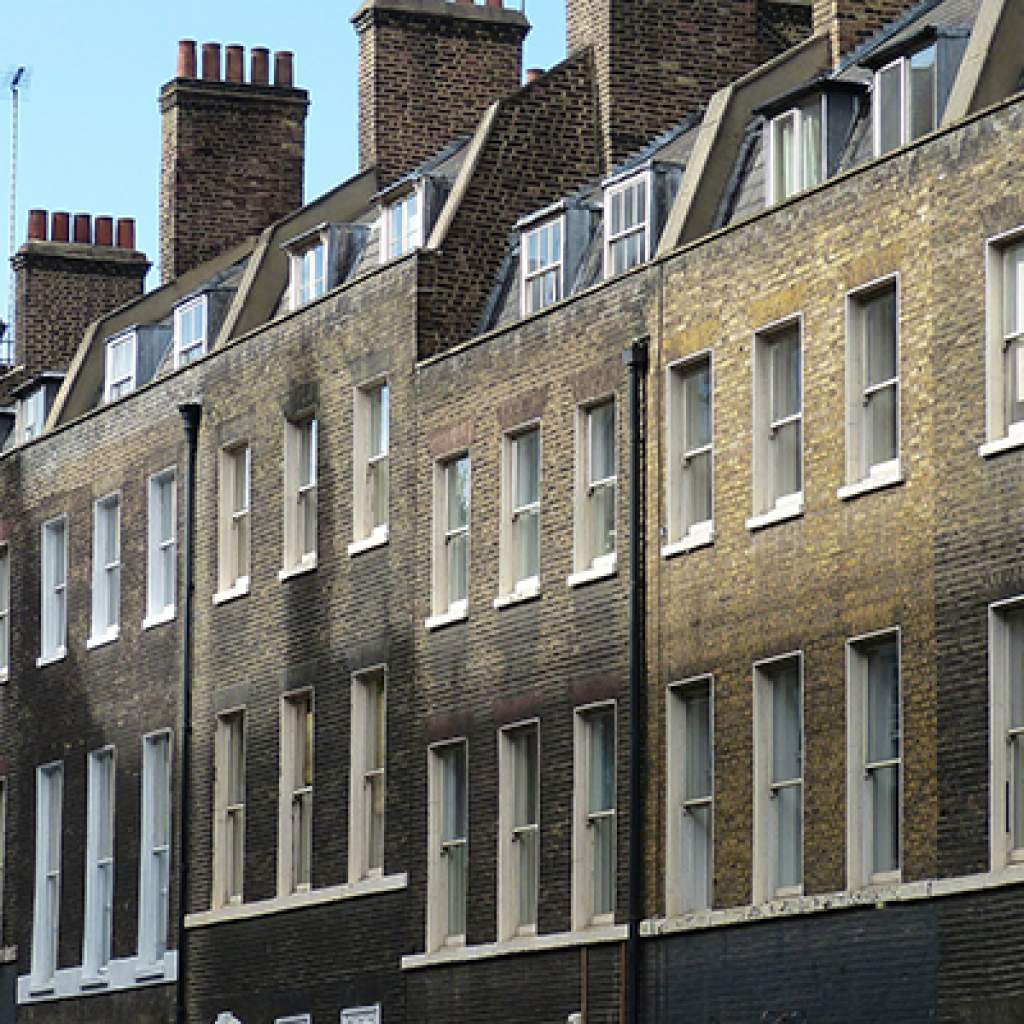Help to Buy was originally announced in George Osbourne’s 2013 budget as a governmental intervention programme in the residential conveyancing market. The scheme was motivated by a desire to help first-time buyers onto the property ladder, while also encouraging the building of new homes through facilitating a demand for more properties. It was described by the Chancellor as a ‘dramatic intervention to get our housing market moving’.
Two years on and the scheme has grown another branch when, in the 2015 budget, the Help to Buy ISA was announced.
For every £200 a first time buyer saves within a Help to Buy ISA, the Government will give a bonus of £50, up to a maximum of £3,000. Potentially anybody wanting to take their first steps up the property ladder can boost their deposit savings by up to 25%. The Government hopes that around 285,000 first-time buyers will use the scheme each year, and if these estimates are correct then there may well be a rise in transaction levels as the market becomes more accessible. The scheme is set to open in autumn of this year amid government expectations that 60% of first-time buyers will use the scheme from April 2016.
The current expectations of the scheme predicted by the Government may be considered somewhat optimistic. Within the scheme there is a maximum initial deposit of £1,000 and a maximum monthly deposit of £200. Subsequently, this £3,000 bonus would have to be saved over a lengthy period of time – nearly five years. The potential increase in house prices over the five years could mean the £3,000 may do very little to offset a raise in house prices within that same time period. Any benefit from the scheme could be nullified and takers of the scheme may find their savings left ailing in the account for up to five years, as their financial target becomes increasingly unrealistic.
For any solicitor or conveyancer, optimism for the scheme having a direct effect in transactions may be increasingly suppressed. Figures from HMRC illustrate that since the scheme began in 2013, transactions have gone from 285,370 to 300,230, a growth of just 2%. This modest upswing could simply be attributed to organic growth during the period, rather than Help to Buy paving the way for new home owners.
If the scheme proves popular and assists first-time buyers in growing a deposit, the incoming ISA may be expected to cause house prices to rise. A greater demand for properties combined with a lack of housing stock seems likely to cause prices to rise at a rate that could mean the scheme will serve to reduce the affordability of homes. The initial Help to Buy scheme has received frequent reproaches over fears it won’t encourage the construction of new homes but instead push up the price of existing properties. These are fears that could be aggravated by the new ISA.
Other reasons to retain caution over the Help to Buy ISA include the bonus only being offered for homes worth up to £250,000, or £450,000 in London, and that a cash ISA and Help to Buy ISA can’t be opened in the same tax year.
Consequently, although the scheme has been viewed as a positive step to improving the market, key questions and concerns remain over what we can expect from the scheme.
Do you think this new addition to the Help to Buy scheme will have a positive effect on the residential property market? Has your conveyancing firm seen a change since the scheme was first introduced?
Please share your thoughts in the comments section below.




















